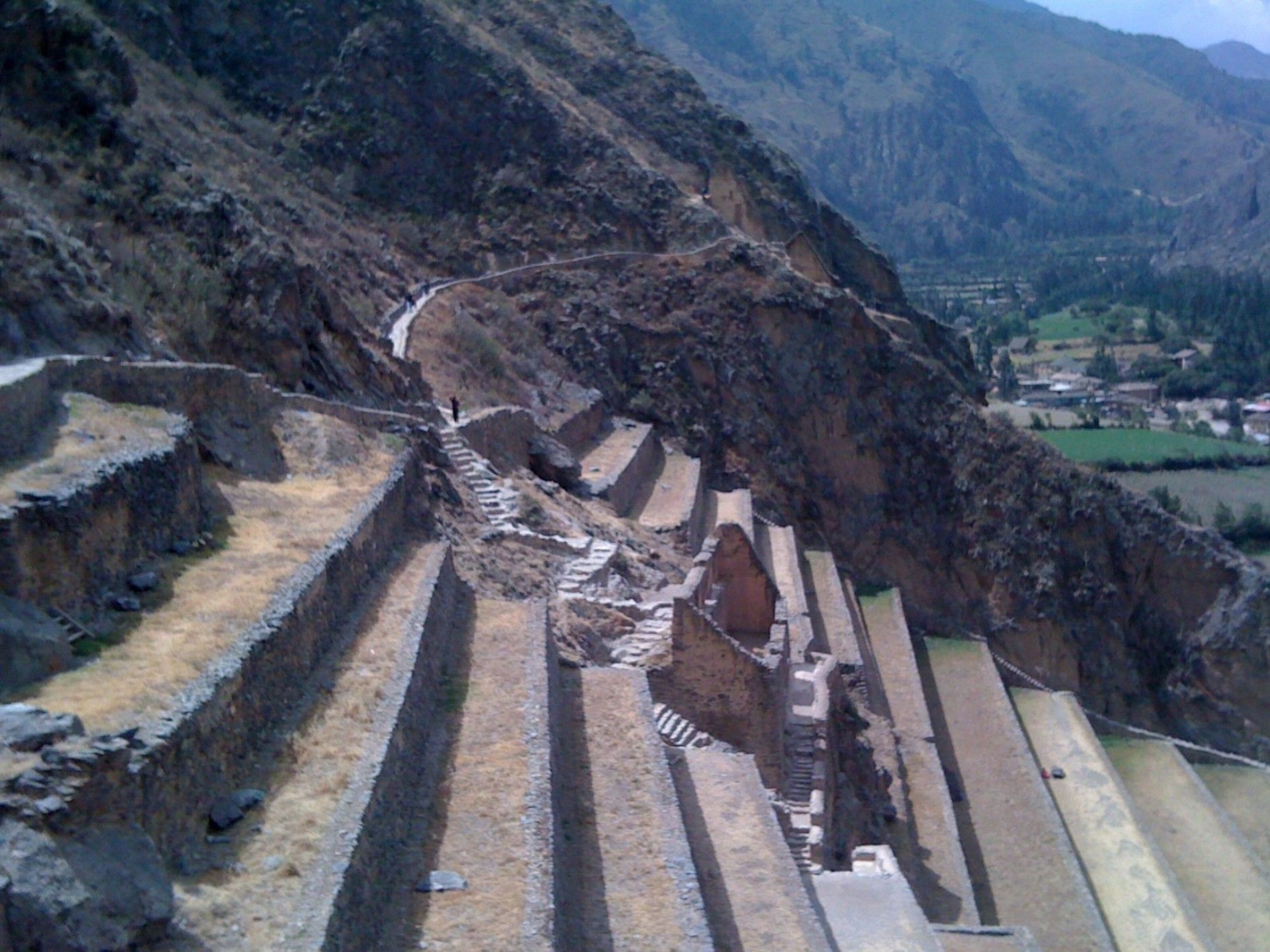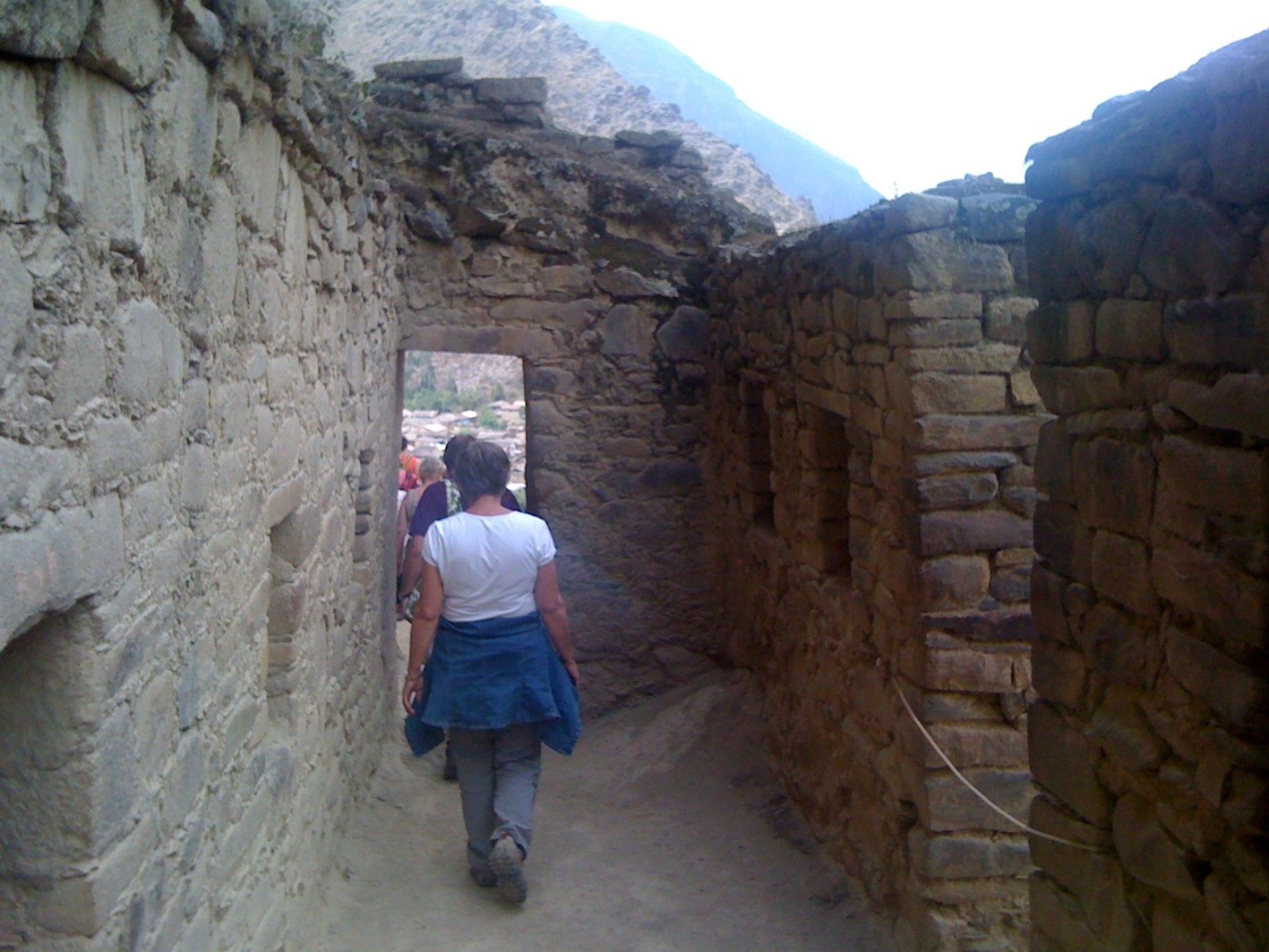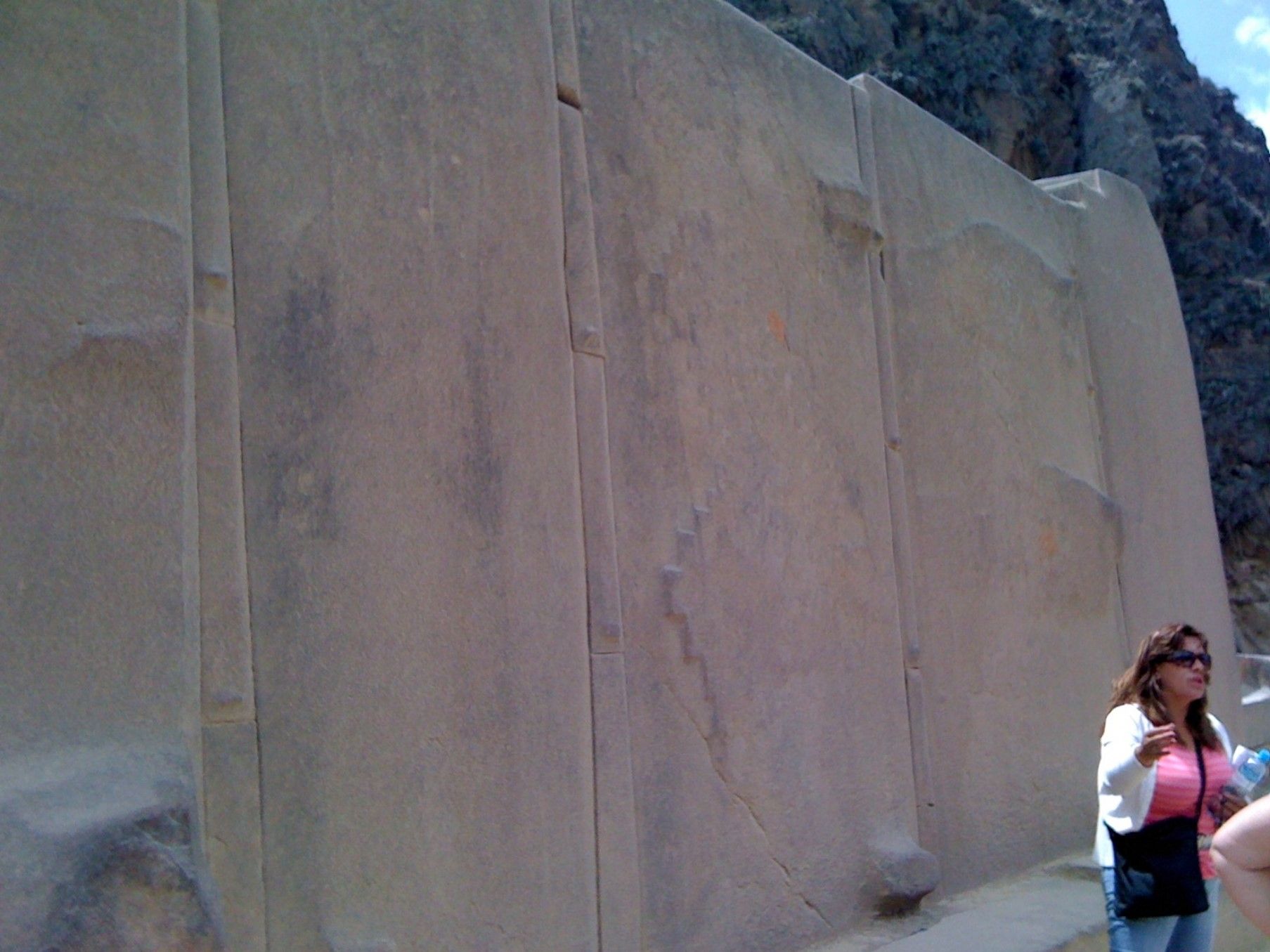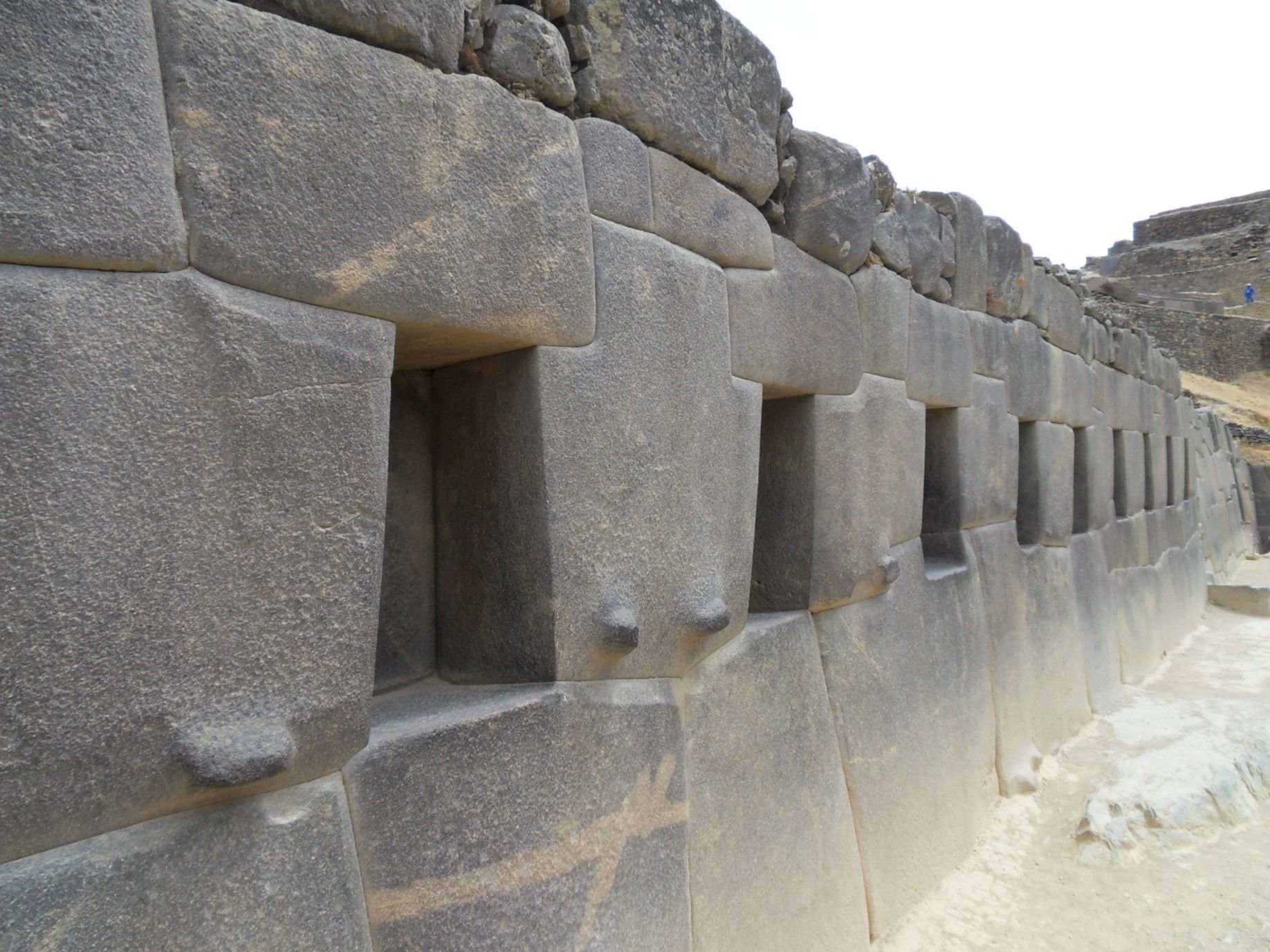


|
|
|
|||||||||||||||
|
|
||||||||||||||||
|
|
|||
|
|
Cusco Ollantaytambo
After Manco Inca (1516-1544) was defeated by the Spanish at Sacsayhuaman in 1536 he retreated to Ollantaytambo and made the place into a temporary capital. He fortified the town and its approaches, which due to its situation at the top of steep terracing, provided excellent defences. Manco Inca held off Francisco Pizarro's younger brother Hernando. Hernando led a force of 70 cavalry, 30 foot soldiers, and a large contingent of natives to capture Manco Inca. The Inca's forces, joined by neighbouring jungle tribes, rained down showers of arrows, spears, and rocks upon the Spanish troops. The Incas also flooded the plains below their stronghold making it difficult for the horses to manoeuvre and eventually forcing him to retreat. Ollantaytambo became the only place ever to have resisted an attack by the Spanish. However, their victory was short-lived as the Spanish returned with a force four times the size of their previous force. Resulting in Manco Inca retreating to his jungle stronghold and Ollantaytambo falling into the hands of the Spanish. What appears to be the fortification is actually a ceremonial center. The main access to the ceremonial center is a series of stairways that climb to the top of the terrace complex, which in themselves make an impressive form of defence.  At the top of steep terracing, there are a number of buildings with precision block work for the prestigious buildings but for more humble ones the stonework is not so precise, although still good. For everyday buildings and walls, common drywalling was used. For the temples, a better standard of work was used. It is possible to determine the type and use of the buildings by the stonework.  The main structure is the Sun Temple, an uncompleted building which features the Wall of the Six Monoliths. This consists of large blocks which would be transported from the query some miles away. It is worth knowing that the Inca did not have the use of the wheel.  The unfinished structures at the Temple Hill and the numerous stone blocks scattered around the site indicate that it was still undergoing construction at the time of its abandonment.  Another indication that work was still in progress are the numerous buildings with stones still with lifting lugs. These were shaped during the sculping of the blocks to facilitate the moving and placing during construction. They would be removed once the building was completed.  High on the hill around the site are several storehouses. Their location at high altitudes, provided protection against decay. Their contents would be poured in from the uphill side and removed from the downhill side windows. |
|
|
|
|
|||
All Photographs were taken by and are copyright of Ron Gatepain
| Site Map |